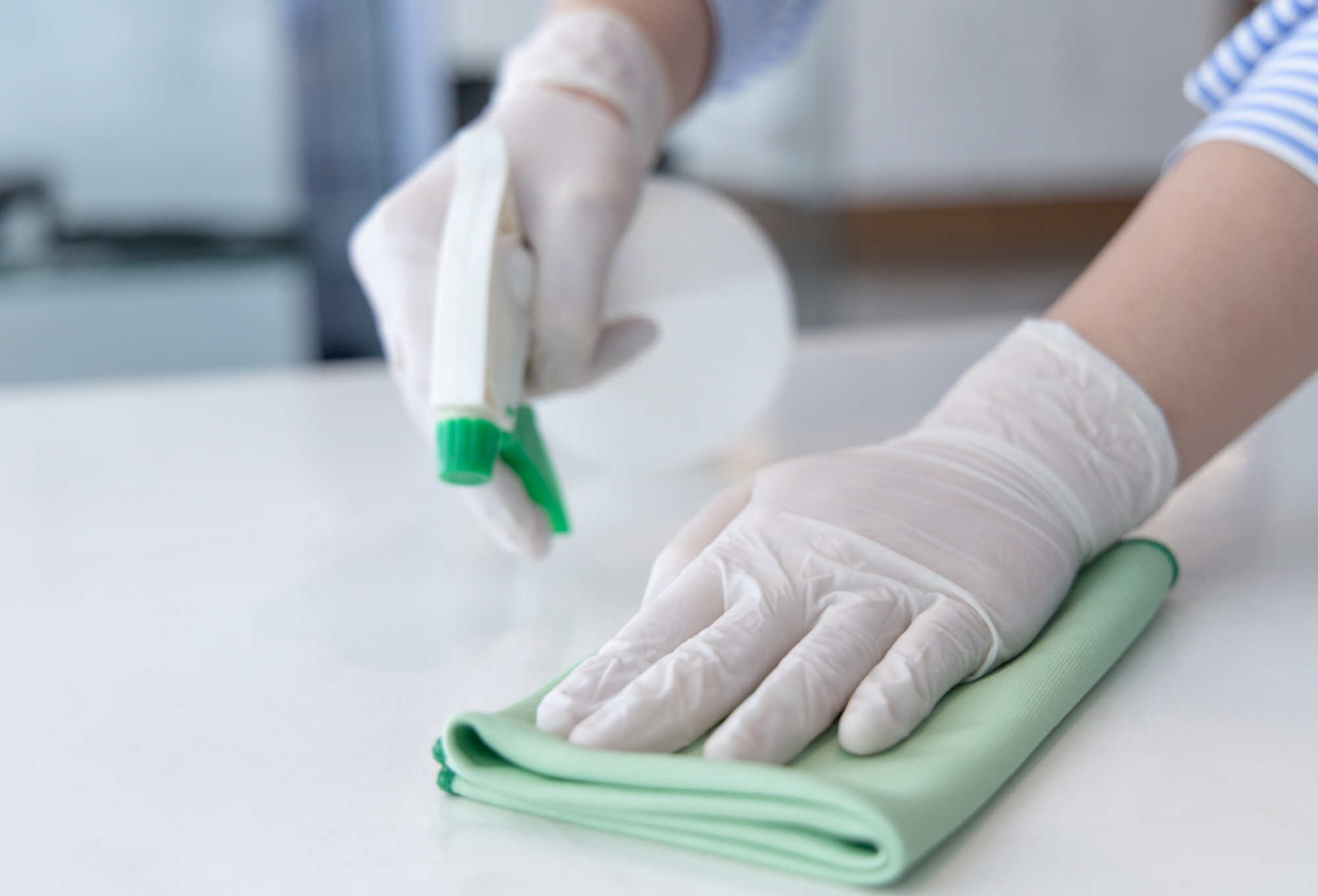
Invisible Dirt, Hidden Risk: Unlocking the Science of Safer Cleaning
- 3 min read
- Castle
In care homes, hospitals, and other public facilities, hygiene is not just a matter of appearance—it’s a frontline defence against infections. High-touch surfaces, often overlooked in daily cleaning, silently contribute to the spread of disease.
Research shows just how risky this can be. One study revealed that a single surface can be touched by up to 40 different people in a day, and harmful microbes can transfer to the fifth person who comes into contact with it—even if the surface looks spotless. These findings highlight a pressing truth: to protect health, cleaning practices must evolve.
Spotting the Invisible
Effective cleaning begins with knowing what actually needs attention. Without mapping the surfaces people touch most, cleaning becomes guesswork.
Yes, door handles and light switches are obvious hotspots. But touchpoints differ depending on a person’s mobility and daily habits. For example:
- A mobile resident might touch doors, furniture, or switches.
- A bedridden patient may only interact with bed rails, call buttons, or nearby surfaces.
Without careful observation, even well-trained staff may miss real risks. Awareness is the foundation of meaningful hygiene.
Beyond What the Eye Can See
A shiny surface does not guarantee microbial safety. Findings from a study revealed a startling fact: even when staff followed instructions precisely, 35% of surfaces ended up more contaminated after cleaning.
The problem wasn’t the products—it was the technique. Cloth hygiene, the right amount of pressure, and proper moisture levels are critical. Without these, even the strongest disinfectants fail.
Why Technique Matters More Than Chemicals
Disinfectants are not magic bullets. If dirt remains on a surface, biofilms—complex microbial layers—protect pathogens from chemicals. What truly makes the difference is:
- Using a clean cloth each time
- Applying proper mechanical action
- Maintaining the right moisture balance
Technique transforms cleaning from a routine chore into an infection-prevention strategy.
Measuring What We Cannot See
Because microbes are invisible, cleaning effectiveness cannot be judged by sight alone. Tools such as ATP testing and microbial surface sampling provide measurable proof of cleanliness.
Only through systematic monitoring and accountability can facilities ensure their cleaning practices truly protect patients.
Cleaning as a Health Intervention
When performed correctly, cleaning is not just about hygiene—it’s a health intervention. To have a lasting impact, four elements are essential:
- Cleaning saves lives: Proper practices can reduce infection rates by up to 40% in hospitals.
- Training is an investment: Skilled workers deliver safer, more reliable results.
- Education drives performance: What and how we teach directly affects outcomes.
- Data sustains improvement: Monitoring and feedback turn training into lasting change.
Rethinking Cleaning as a Profession
Cleaning must be seen as a skilled and measurable practice—not a background task. By elevating standards, empowering staff with knowledge, and tracking real-world results, we can transform cleaning into one of the most powerful tools for protecting public health.
Because sometimes, it’s the dirt we don’t see that poses the greatest risk.
Partner with Castle (EU), and Reap the Benefits
Castle (EU) is dedicated to simplifying your life. Our commitment to sustainability, comprehensive staff training, and efficient product supply facilities all aim to save you time, cut your expenses, and elevate the quality of service you offer to your clients.
Whether you’re just starting out in the cleaning industry or striving to advance your business, we’re your partners in progress, ready to assist, innovate, and motivate. Contact our friendly team today for further details on how we can meet your specific requirements.